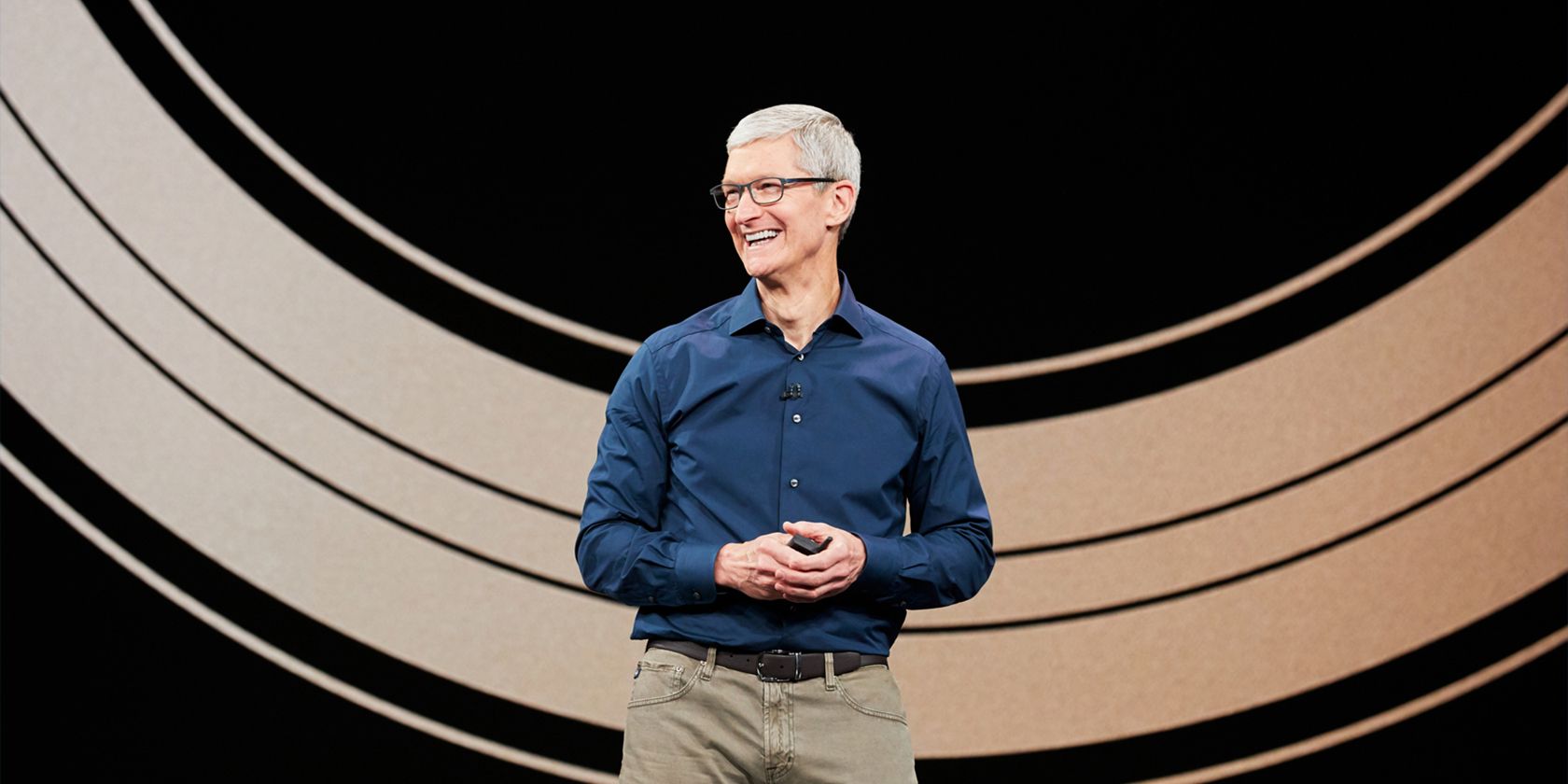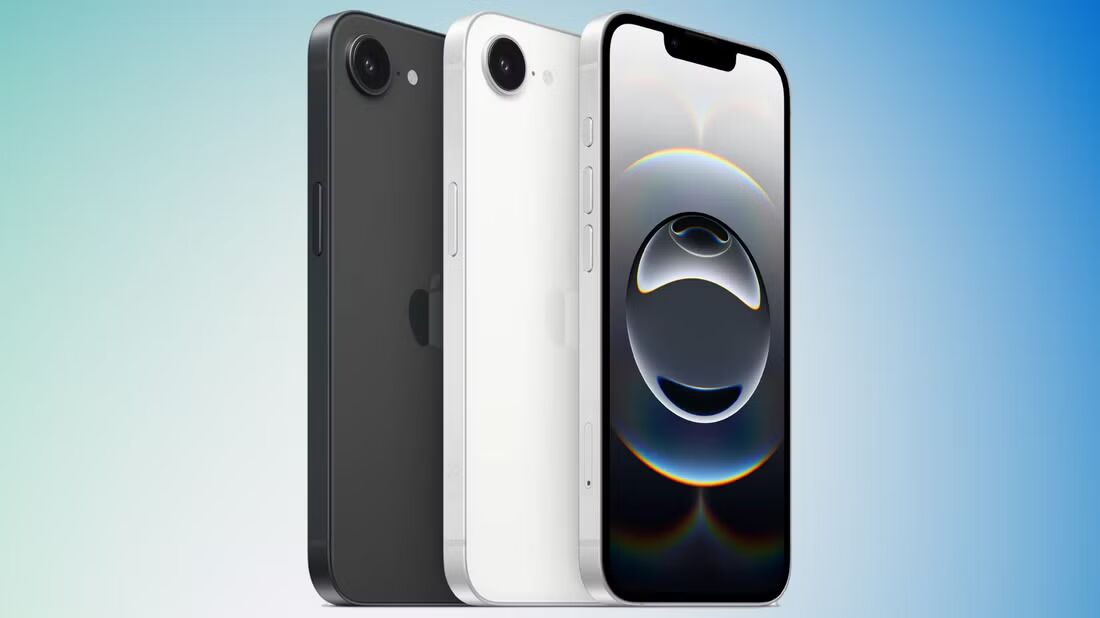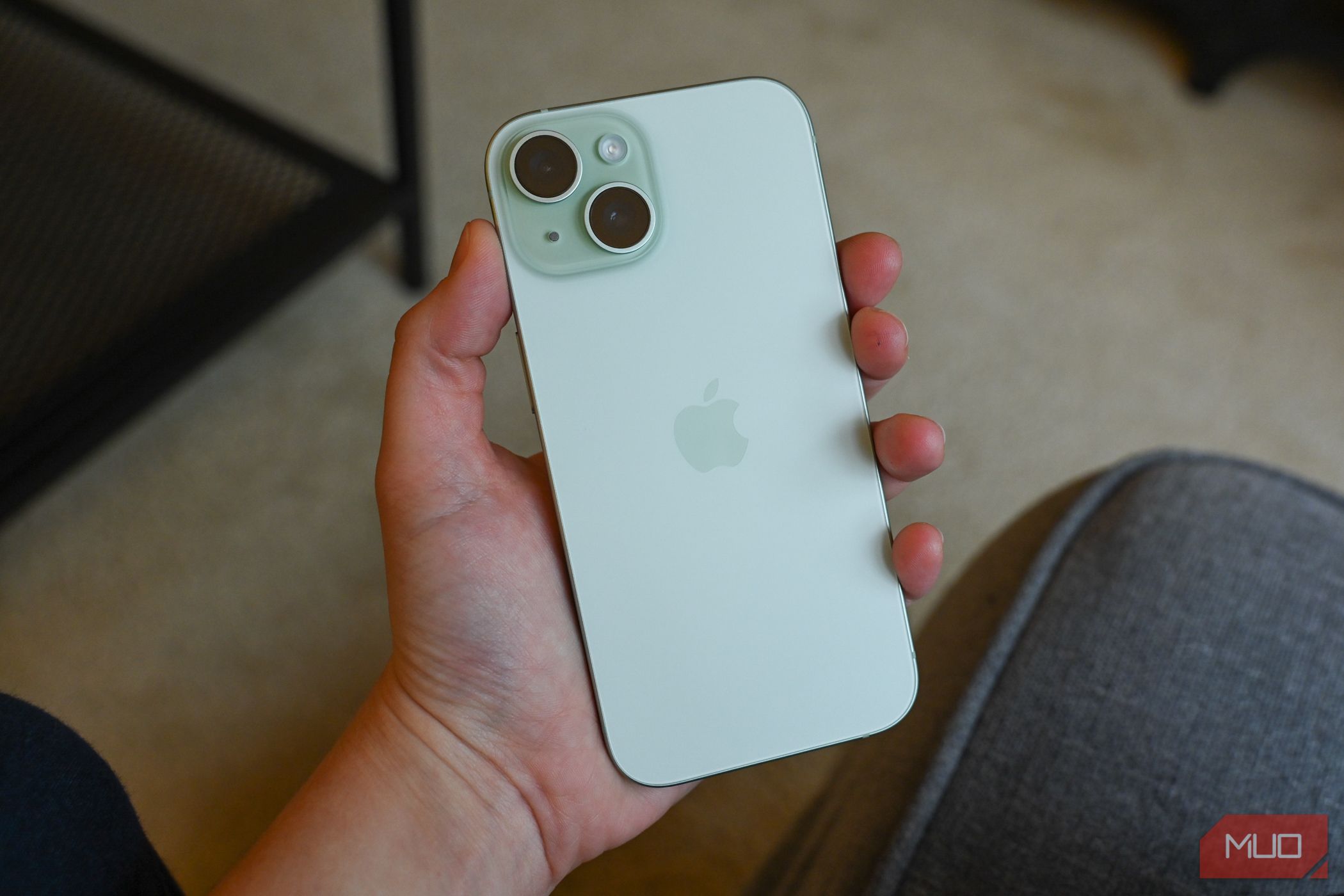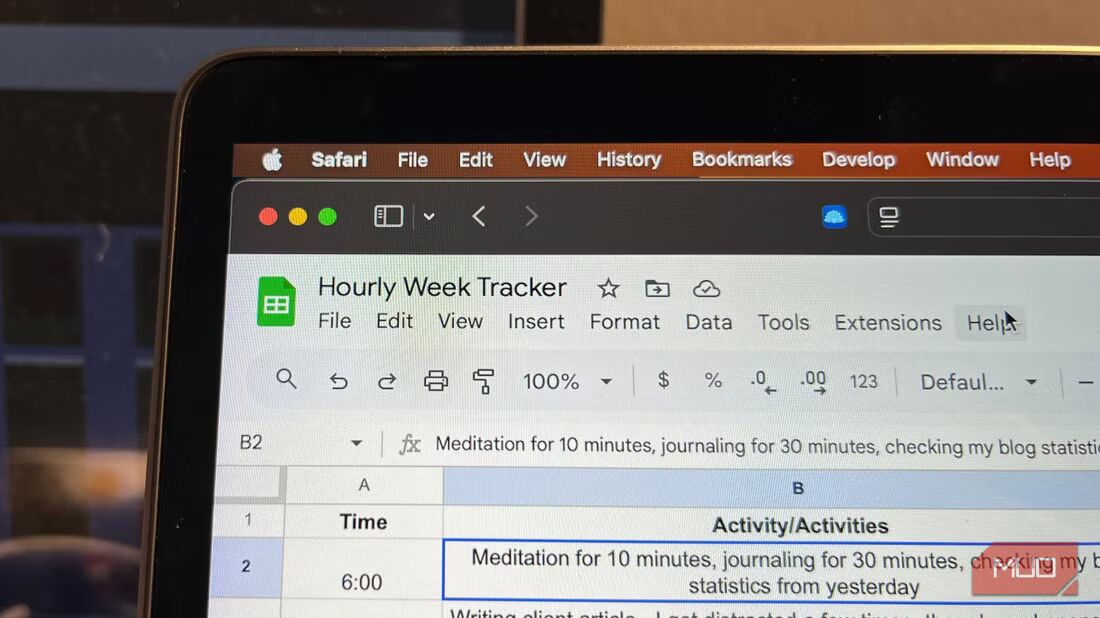The iPhone 16e is Apple’s long-awaited successor to the iPhone SE (2022). Despite the hype, however, it seems Apple may have only intended the device for a very specific group of buyers.
1iPhone 16e Is Significantly Pricier Than Its Predecessor
The iPhone 16e starts at $599, just $200 short of the iPhone 16. This may seem fair enough at first glance, until you remember that the iPhone SE 2022 started at just $429.
This, of course, is intentional. Someone buying at $429 is nowhere near considering a $799 phone, but someone willing to spend $599 on a premium mid-range phone would likely be open to spending a bit more to get a proper flagship.
This is a classic example of Apple using its decoy pricing strategy to make you spend more.
2Last Year’s Flagship Models Are Available at a Similar Price
Apple is positioning the iPhone 16e as an affordable and, dare I say, value-for-money option, but an informed buyer looking to get the best bang for their buck would easily find more value in last year’s iPhone 15, which is now available at a similar price on Amazon.
With the latter, you get an ultrawide camera, sensor-shift OIS, a brighter display, MagSafe and Qi2 support, and Dynamic Island—all features missing from the 16e.
Granted, the iPhone 16e has the latest A18 Bionic chip, but smartphone specs don’t matter as much on modern phones as they are already far more powerful than most of us would ever require. The A16 Bionic on the iPhone 15 is still a great chip and will handle anything you throw at it. The only redeeming quality of the 16e is its improved battery life.
3iPhone 16e Is Likely Targeted at Asian Markets
North America is Apple’s primary market and the biggest contributor to its revenue. As such, the iPhone maker would never want its most loyal buyers to grow comfortable with the idea of skipping its premium options for a more affordable one.
Think about it: if Apple really wanted people to buy affordable iPhones, it would release one every year, but it doesn’t because that would dilute its brand image. Apple has already grabbed most of what it could back home, and iPhone sales in Europe have stagnated since 2019, so it makes sense for the company to look elsewhere for growth.
This leads me to believe that the iPhone 16e is likely targeted at Asian markets, where consumers tend to have more elastic demand. That means a change in price tends to disproportionately affect demand, and Apple can use this to its advantage since its products are considered aspirational.
In fact, iPhone sales have exploded in India in the last few years, growing at a compounded annual rate of 52.52% from 2019 to 2023 according to Statista. Compare that to the mere 5.45% growth in the US for the same period.

Related
Why Apple Hasn’t Increased iPhone Prices in Years
The flagship iPhones still start at $999, the same as they did in 2017. So, let’s see why Apple hasn’t bumped the prices to account for inflation.
Now more than ever, Apple wants Android users to switch to the iPhone so it can lock them into what many call Apple’s walled garden. Why? Because people today don’t upgrade their phones as often as they used to, and selling hardware alone is no longer a sustainable business model.
It makes no sense for Apple to make the iPhone cheaper for buyers in North America who are already locked into its ecosystem. But, in a market where there is an opportunity to introduce hundreds of millions of new users to the Apple ecosystem, the iPhone 16e could be the perfect gateway.




